Template for Writing a Recommendation Letter
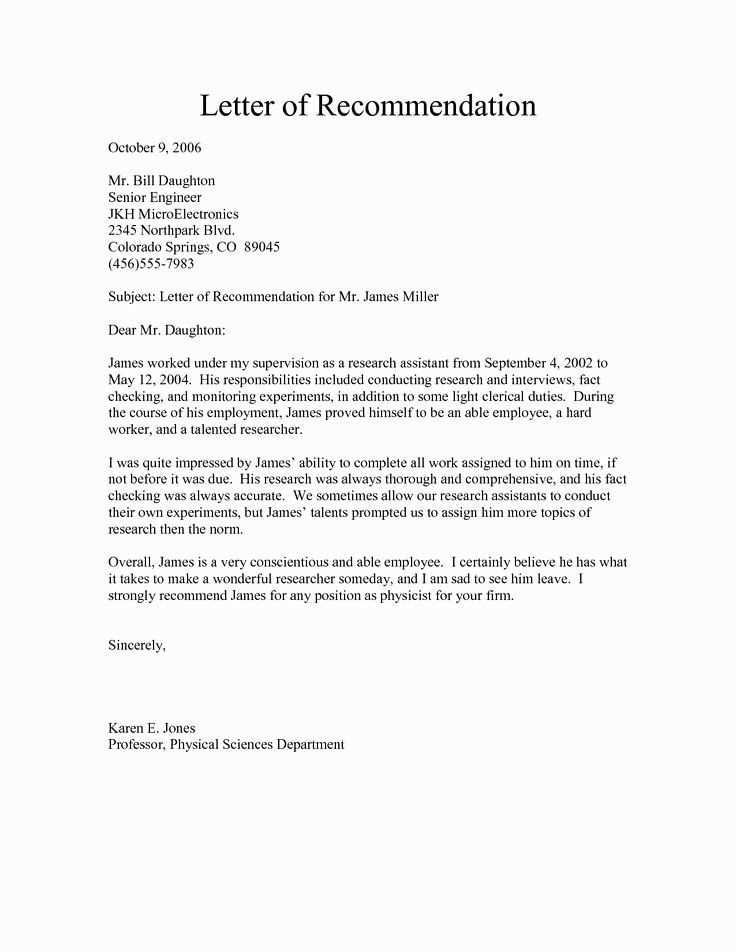
Creating an effective endorsement can significantly impact the chances of someone securing a job, position, or opportunity. Whether you’re vouching for a colleague, student, or friend, crafting a thoughtful and detailed support message is essential. By following a clear structure, you can ensure that your recommendation serves its purpose and highlights the qualities that matter most.
Understanding the core components of a persuasive endorsement is the first step toward writing a meaningful and influential note. Focus on the key attributes of the individual, their skills, and why they are well-suited for the desired role or task. A well-crafted support message not only reflects positively on the individual but also demonstrates your credibility as an endorser.
Tailoring your message to specific situations is crucial for making the endorsement more personal and impactful. Each scenario may require adjustments to better suit the recipient’s needs, ensuring the recommendation aligns with what they are looking for. In this article, you will learn how to construct a compelling and customized endorsement that will resonate with its audience.
How to Structure a Recommendation Letter
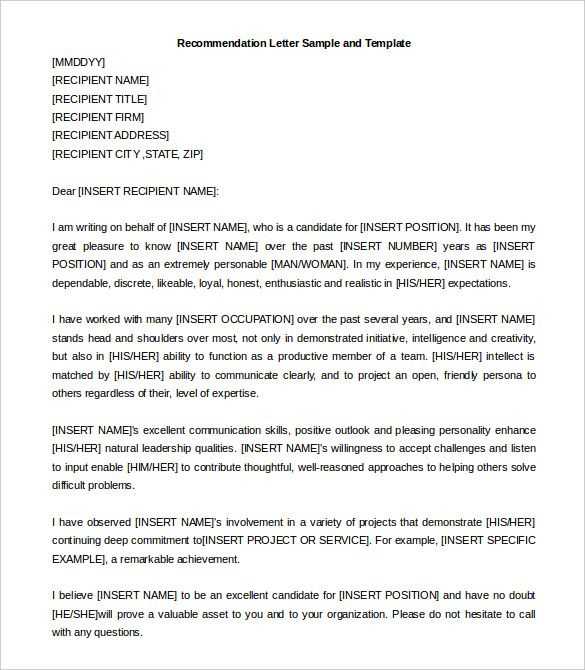
When crafting a supportive endorsement, organizing your thoughts in a clear and logical way is essential for creating a persuasive and effective document. A well-structured message allows the reader to easily follow your key points and understand why the individual you are endorsing is a strong candidate. It’s important to establish a clear flow that highlights the most important aspects in a concise manner.
Opening Paragraph
The opening paragraph should briefly introduce yourself, explaining your relationship to the individual. It should also state the purpose of your endorsement and provide context for your evaluation.
- Introduce who you are and your professional background.
- Describe how you know the individual and how long you have known them.
- State the purpose of the endorsement.
Main Body
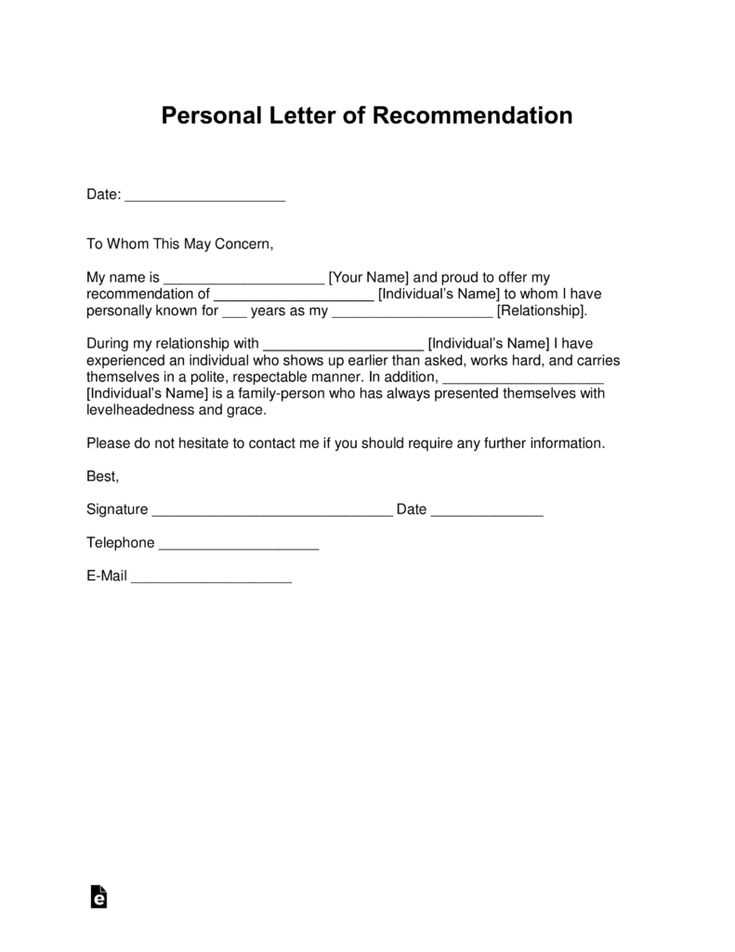
The main body of your message should focus on specific qualities and experiences that demonstrate why the person you are supporting is a good fit for the role or opportunity. Highlight their skills, achievements, and any notable contributions they’ve made. Use concrete examples to back up your claims.
- Discuss the individual’s strengths and key attributes relevant to the opportunity.
- Provide specific examples of their accomplishments or experiences.
- Explain how these attributes align with the goals or requirements of the position or program.
Keep the tone professional and supportive, ensuring the message is both positive and grounded in factual evidence. Avoid generic phrases, as personal and specific details will make the endorsement more impactful.
Closing Paragraph
In the final paragraph, summarize your endorsement and reiterate your support for the individual. Offer to provide further details if needed and express confidence in their abilities. A strong conclusion reinforces the message and leaves a lasting impression.
- Restate your endorsement and summarize the individual’s key qualities.
- Offer to provide additional information if necessary.
- End with a confident and positive statement about their potential.
Key Elements to Include in Your Template
When drafting a supportive message, certain key components are crucial to ensure it effectively conveys the qualities of the individual you are endorsing. Including the right details allows you to highlight the strengths and qualifications that make the person stand out, while also providing the necessary context for the reader to understand why they are a suitable candidate.
First, clearly introduce yourself and your connection to the individual. Establishing your role and credibility as an endorser is important, as it provides context for your evaluation. Next, focus on the qualities and skills that make the person exceptional, supported by specific examples. These details will help make your endorsement more convincing and relevant to the reader.
Additionally, make sure to include a conclusion that reiterates your support and confidence in the individual’s abilities. Offering to provide further information shows that you are genuinely invested in their success and reinforces the strength of your endorsement.
Customizing a Template for Different Purposes
Adapting your endorsement to suit various contexts is essential for making it more relevant and effective. Depending on the specific goal, the way you highlight the individual’s qualities may vary. By tailoring your message to the specific needs of the situation, you can emphasize the most appropriate strengths and experiences that align with the requirements of the role or opportunity.
Adjusting for Job Applications
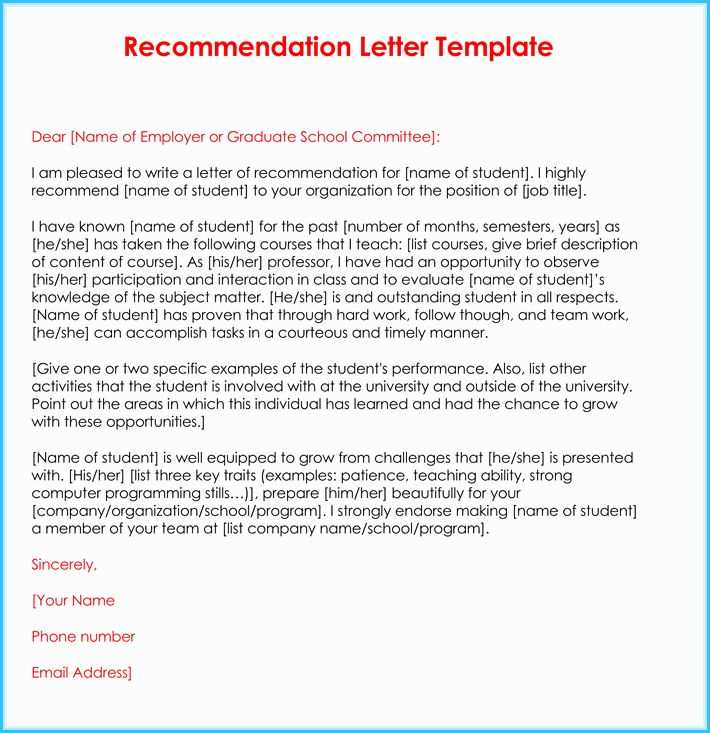
When crafting a supportive message for a job application, focus on skills and experiences that directly relate to the position. Highlight how the person’s background and achievements match the responsibilities and expectations of the role. Providing examples of past work or projects that demonstrate their qualifications will be particularly valuable.
Personal and Academic Endorsements
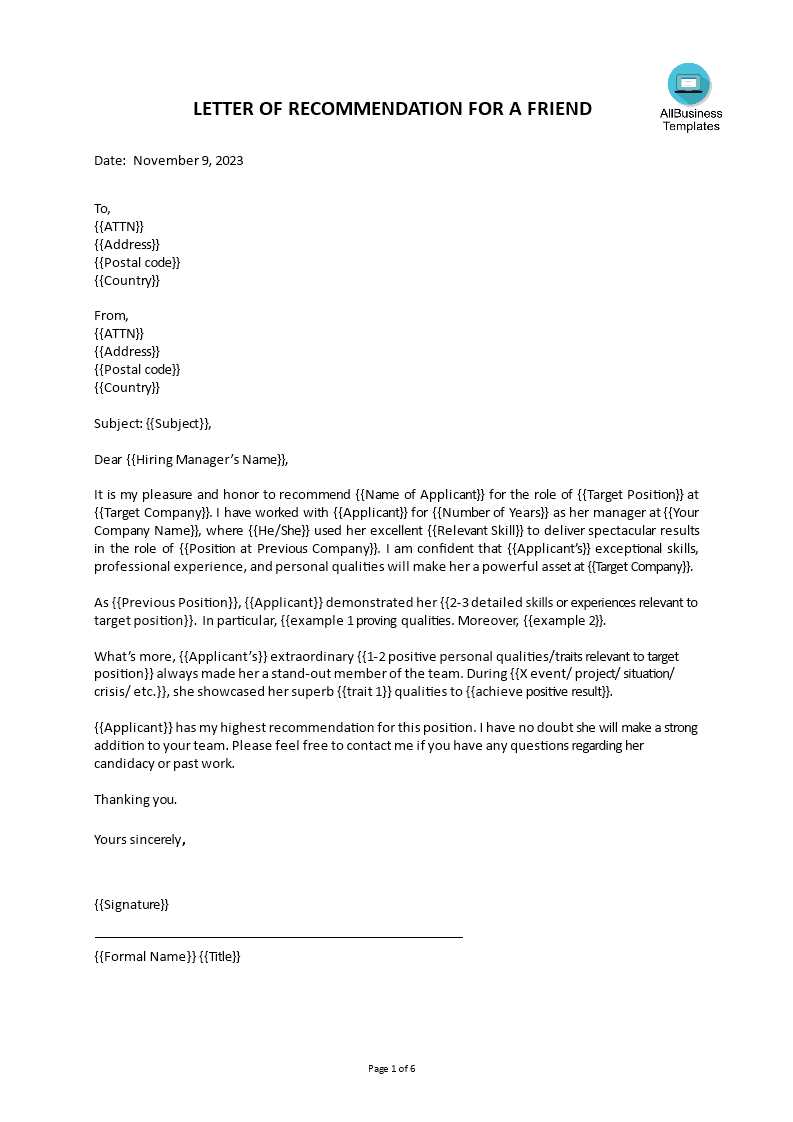
For personal or academic opportunities, emphasize traits such as character, work ethic, and intellectual abilities. In these cases, it’s important to highlight the person’s potential for growth and their dedication. Mentioning specific academic achievements or personal milestones can strengthen the endorsement.
Common Mistakes to Avoid in Recommendations
When writing a supportive endorsement, it’s important to be aware of common pitfalls that can weaken the impact of your message. Avoiding these mistakes will help ensure your endorsement is clear, effective, and truly reflects the person’s capabilities. Below are some key errors to watch for, along with tips on how to avoid them.
| Mistake | How to Avoid |
|---|---|
| Being too vague | Provide specific examples and details that demonstrate the individual’s strengths and achievements. |
| Overloading with praise | Balance positive comments with concrete evidence to make the endorsement more credible. |
| Using a generic approach | Tailor your message to the specific purpose and highlight qualities relevant to the situation. |
| Exaggerating qualifications | Be honest and accurate about the person’s abilities. Overstatements can harm credibility. |
| Ignoring the audience | Consider the reader’s perspective and the qualities they will value most in the individual. |
Tips for Writing a Strong Endorsement
Writing an effective endorsement requires careful thought and attention to detail. A well-crafted message can significantly influence the reader’s perception of the individual, highlighting their strengths and suitability for a specific opportunity. To create a compelling and persuasive endorsement, focus on clarity, specificity, and authenticity.
Start by clearly stating your relationship with the individual and the context in which you know them. This establishes credibility and helps the reader understand your perspective. Be sure to focus on qualities and achievements that are most relevant to the opportunity or role they are pursuing.
Incorporate specific examples that demonstrate the individual’s skills and accomplishments. Concrete evidence will make your endorsement more impactful and convincing. Avoid general statements and instead, provide real-world instances where the person excelled or made notable contributions.
Lastly, ensure your tone is positive but balanced. While it’s important to emphasize the person’s strengths, make sure the endorsement remains grounded in truth. This will help build trust with the reader and ensure your message is both persuasive and credible.
Examples of Effective Recommendation Letters
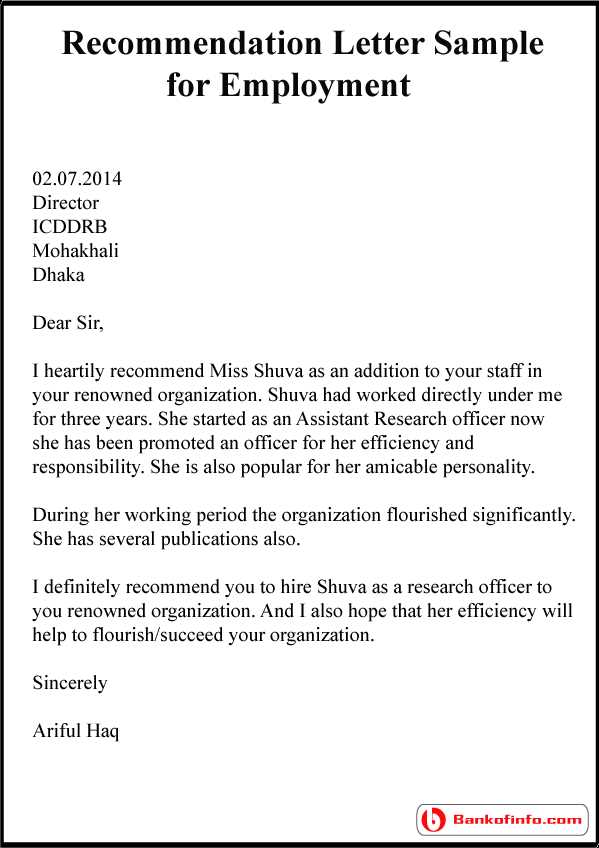
To create a compelling endorsement, seeing successful examples can provide valuable insight into structure and style. Reviewing examples helps illustrate how to highlight key qualities, use strong supporting evidence, and maintain a clear, persuasive tone. Below are examples of effective endorsements that showcase different approaches for various contexts.
In the first example, the message focuses on a professional endorsement for a job application. The endorser emphasizes the candidate’s qualifications, work ethic, and specific achievements within the company, providing concrete examples of their success in projects and collaboration. This approach effectively highlights the candidate’s suitability for the role while maintaining a professional tone.
Another example might center on an academic endorsement. This one underscores the candidate’s intellectual abilities, academic achievements, and potential for future success in a graduate program. It includes specific examples of coursework, research, or projects that demonstrate the individual’s dedication and scholarly capabilities.
Each example illustrates the importance of tailoring your message to the specific context and audience, ensuring that the endorsement is both meaningful and impactful.